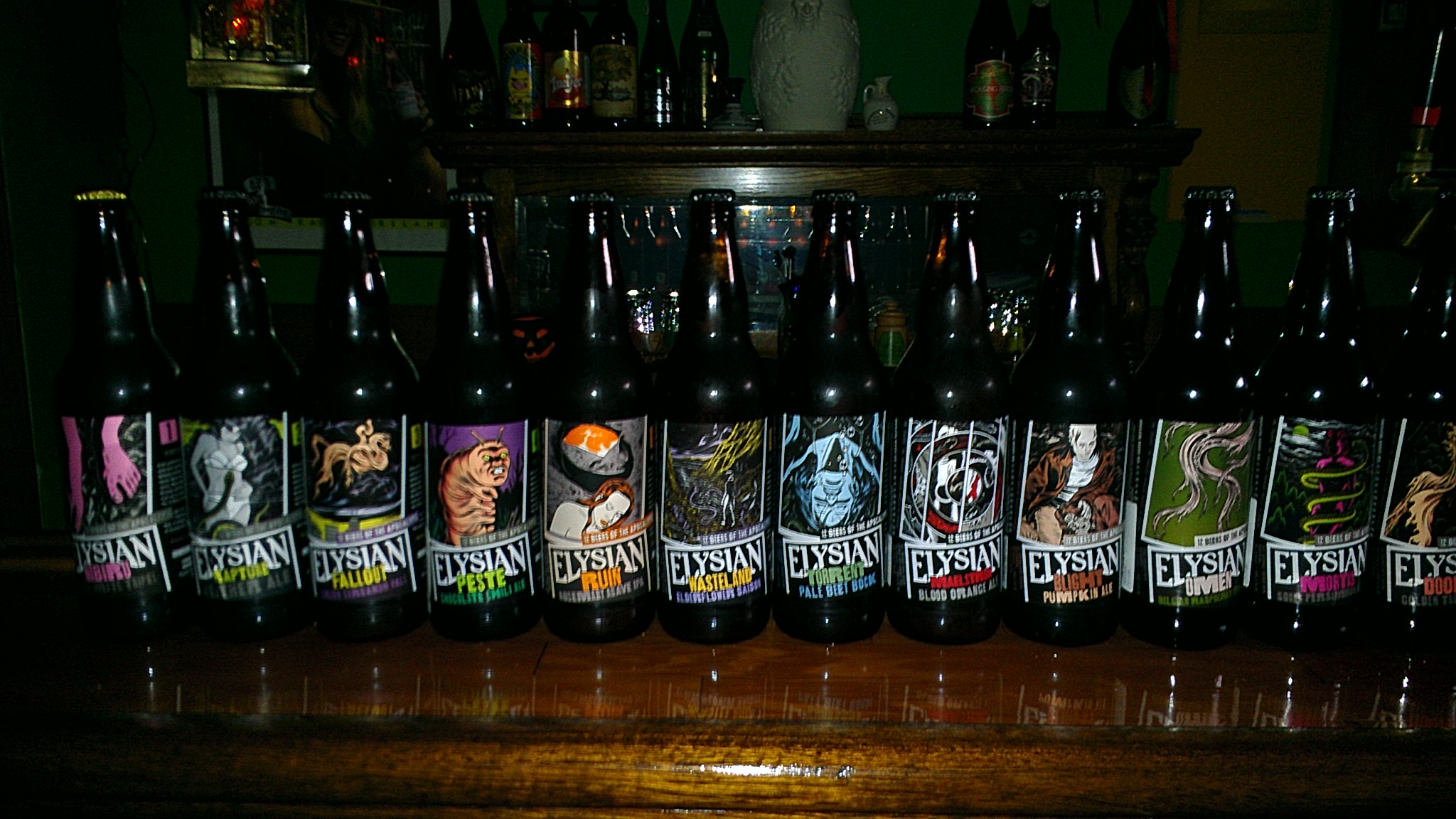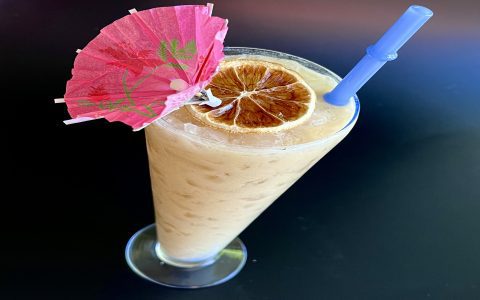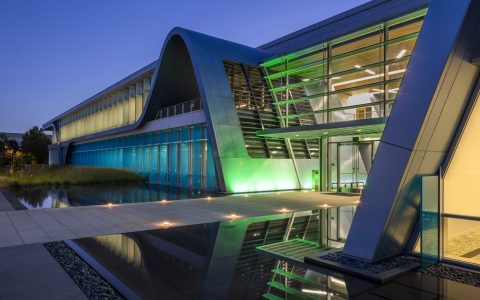The concept of an "end of the world beer" typically refers to a brew robust enough to withstand long-term storage, potentially improving with age, making it suitable for consumption in a hypothetical future where fresh brewing is not an option. These are beers crafted for longevity.
Characteristics of Beers Suited for Extended Aging
Several factors contribute to a beer's ability to age gracefully, making it a candidate for long-term cellaring:
- High Alcohol by Volume (ABV): Generally, beers with an ABV of 8% or higher possess better aging potential. Alcohol acts as a preservative, inhibiting spoilage microorganisms.
- Robust Malt Profiles: Beers with significant malt character, such as those with rich caramel, toffee, chocolate, or roasted notes, tend to develop complex sherry-like, vinous, or dried fruit flavors over time.
- Bottle Conditioning: Beers that are bottle-conditioned, containing live yeast, can continue to evolve in the bottle. The yeast can scavenge oxygen, further protecting the beer from staling.
- Low Hop Aroma (initially for very long aging): While hops contribute to preservation through alpha acids, their aromatic compounds are volatile and fade over time. Beers intended for many years of aging often rely less on initial hop aroma and more on malt complexity and yeast character, or they utilize hop profiles that evolve into interesting aged characteristics rather than simply disappearing.
- Acidity: In the case of sour beers, higher acidity also acts as a natural preservative, allowing these styles to age and develop complexity for decades.
Beer Styles Ideal for Long-Term Cellaring
Certain beer styles are inherently better suited for aging due to their composition:

- Imperial Stouts: Rich, dark, and often high in alcohol, these beers can develop notes of dark fruit, leather, and port.
- Barleywines (English and American): High ABV and significant malt sweetness allow these to mature beautifully, with flavors evolving from sweet and fruity to more complex sherry and toffee notes.
- Old Ales: These traditional English beers are brewed for aging, developing vinous and dried fruit characteristics.
- Belgian Strong Dark Ales: Styles like Quadrupels and Belgian Dark Strongs often feature high ABV, complex yeast esters, and dark fruit notes that deepen with age.
- Lambics, Gueuzes, and Flanders Reds/Ouds Bruins: These sour beers, fermented with wild yeasts and bacteria, can age for decades, developing incredible depth and complexity.
Optimal Storage Conditions
To ensure a beer ages well, storage conditions are critical:
- Consistent Cool Temperature: Ideal cellar temperatures range from 10-13°C (50-55°F). Fluctuations should be avoided.
- Darkness: Light, especially UV light, can cause "skunking" in beer. Store in a dark place or in light-proof containers.
- Upright Storage: For crown-capped beers, upright storage is generally recommended to minimize contact between the beer and the cap, and to allow yeast to settle evenly if bottle-conditioned. Cork-finished beers often benefit from horizontal storage to keep the cork moist.
Flavor Evolution Over Time
As strong beers age, initial harsh alcohol notes often mellow. Hop bitterness typically softens, and hop aroma diminishes, allowing malt and yeast-derived complexities to come forward. Flavors can evolve towards dried fruit (raisins, figs, dates), sherry, port, leather, tobacco, or umami, depending on the beer style and its specific ingredients. Oxidative notes, if controlled and slow, can contribute positively, adding complexity rather than staling. However, not all beers improve with age; lighter, hop-forward styles are generally best consumed fresh.







